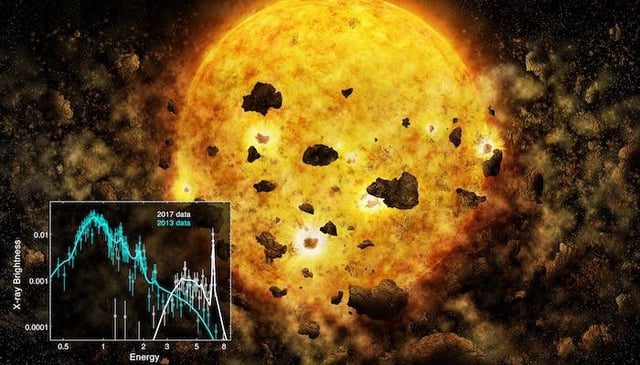Overview
- Astronomers detected a decaying orbit for TOI-2109b using transit timing from TESS, CHEOPS and ground telescopes spanning 2010–2024.
- The ultra-hot Jupiter completes a record-setting 16-hour orbit at a distance of 870 light-years from Earth.
- With nearly twice Jupiter’s size and five times its mass, the planet endures extreme tidal forces and intense stellar radiation.
- Theoretical models and observations project at least a 10-second decrease in its orbital period over the next three years, confirming its inward spiral.
- Researchers will extend transit-timing campaigns through 2030 to observe which of the three proposed end-state scenarios unfolds.

